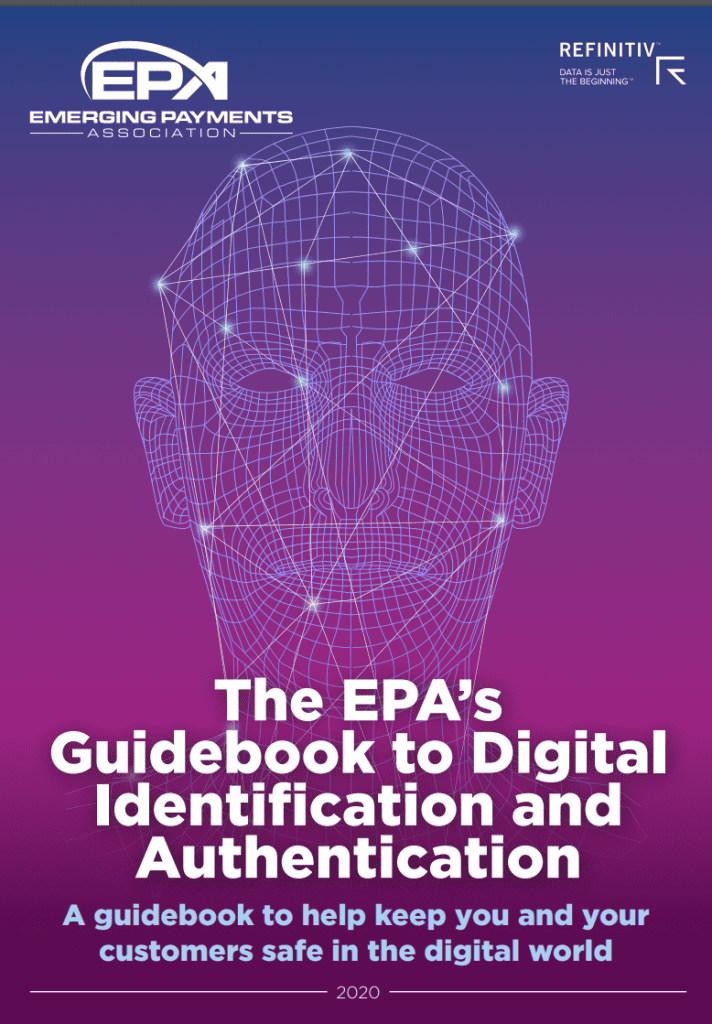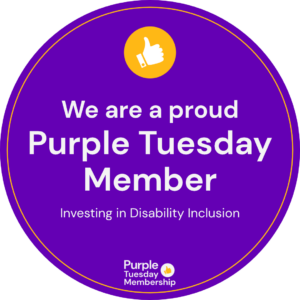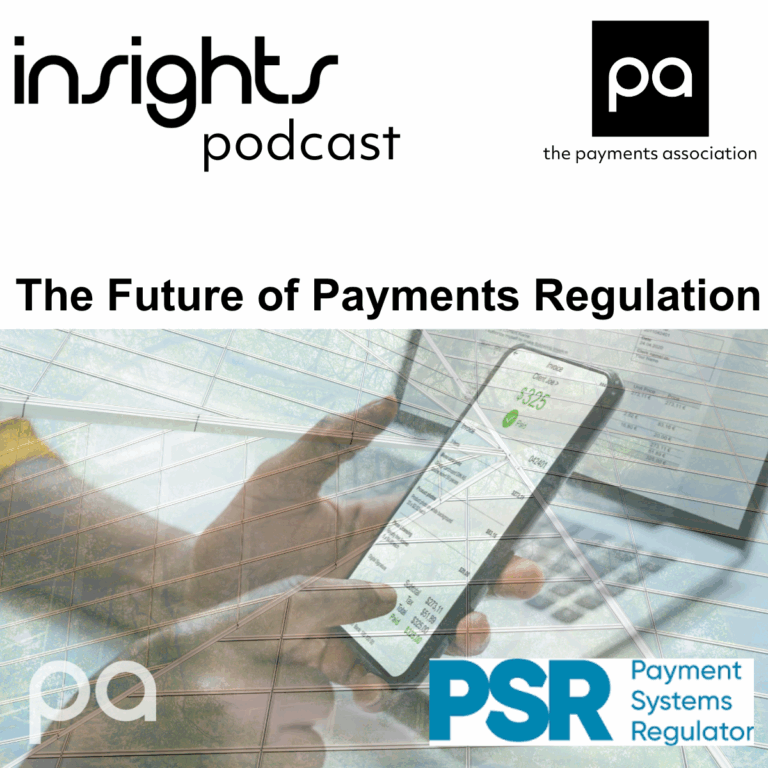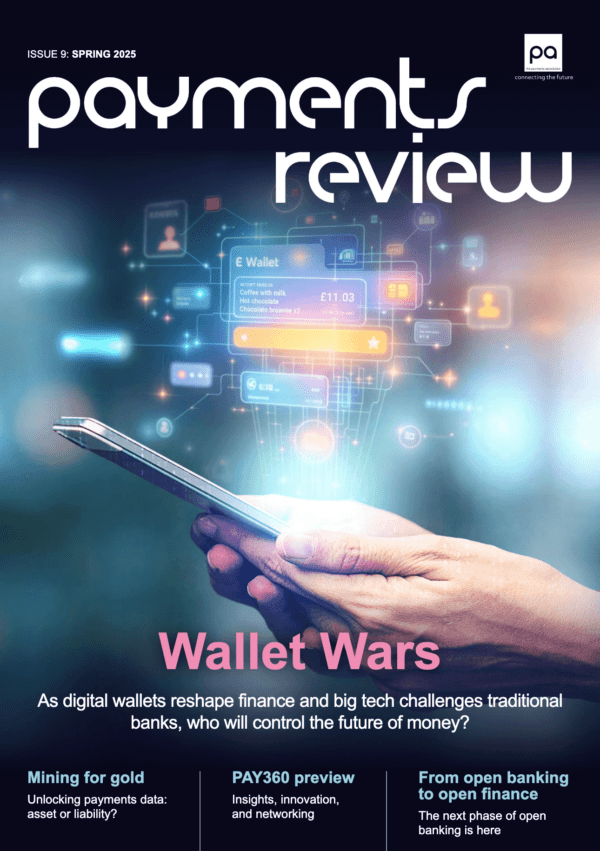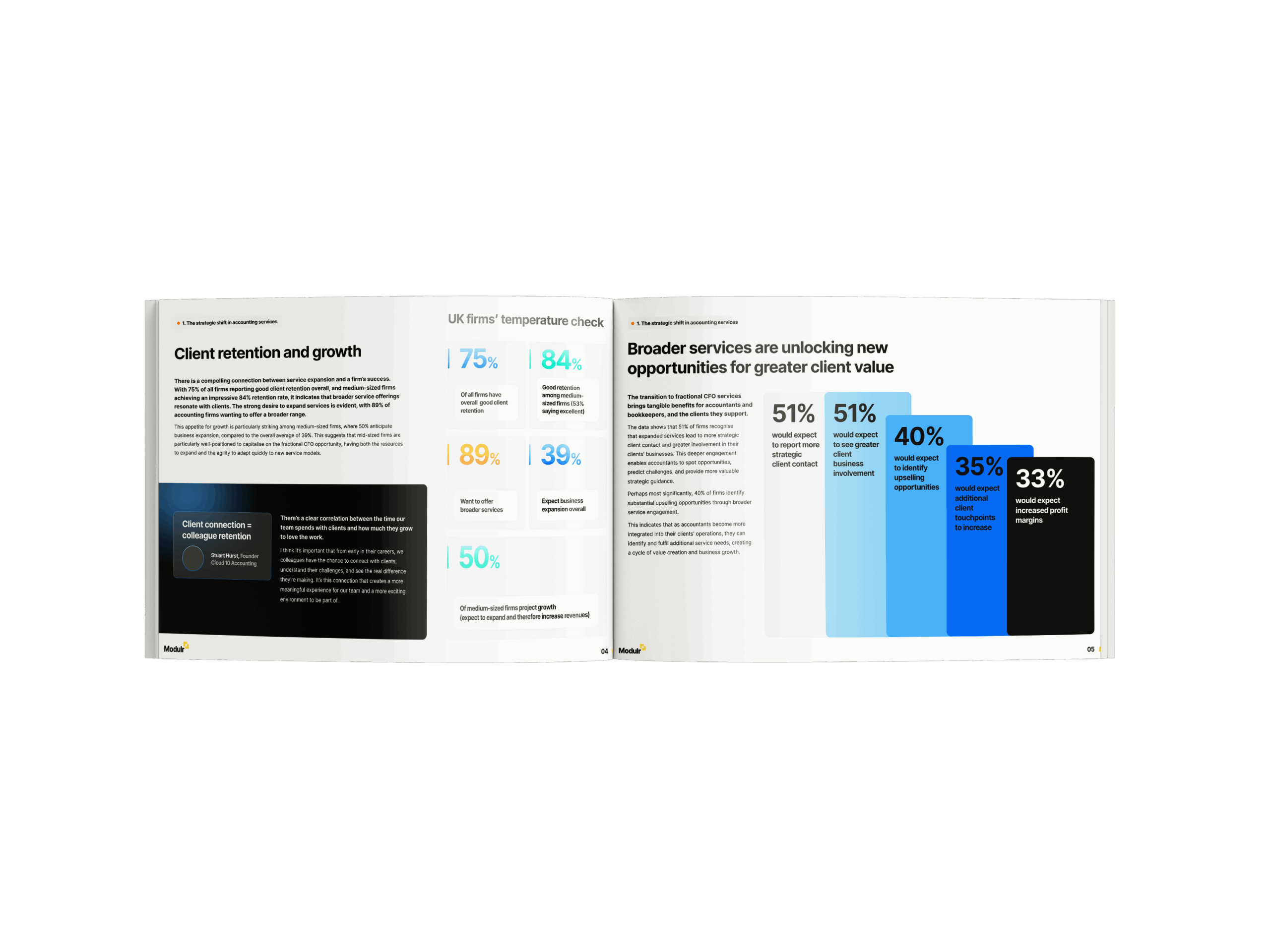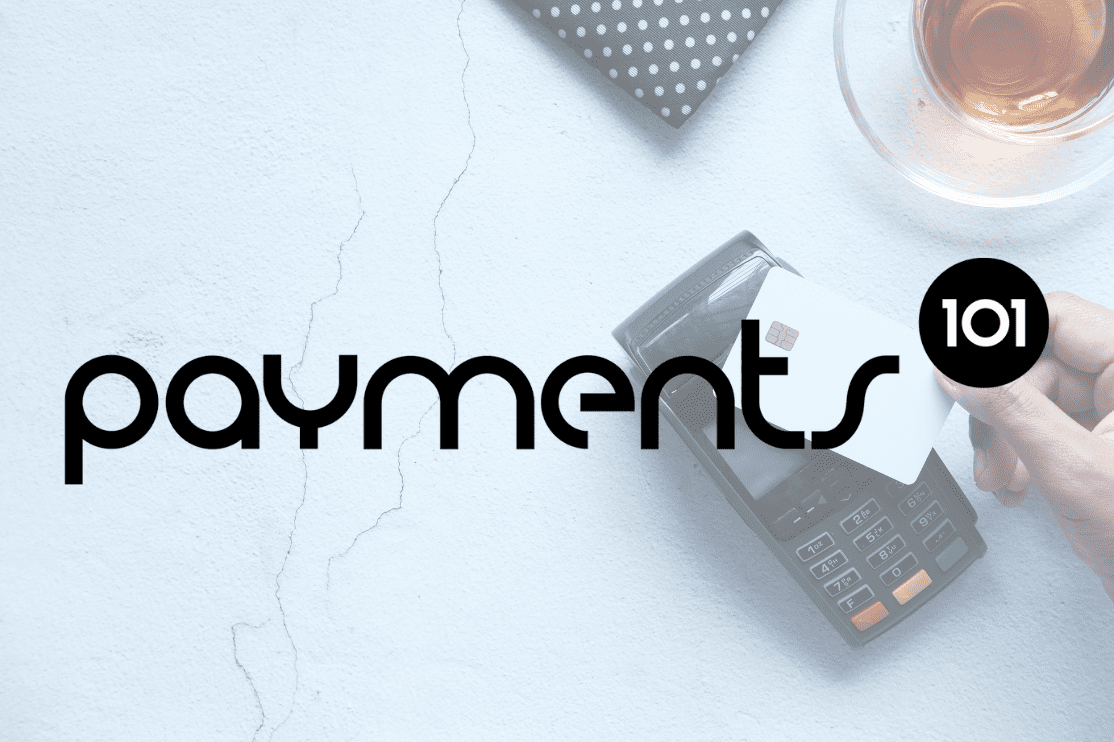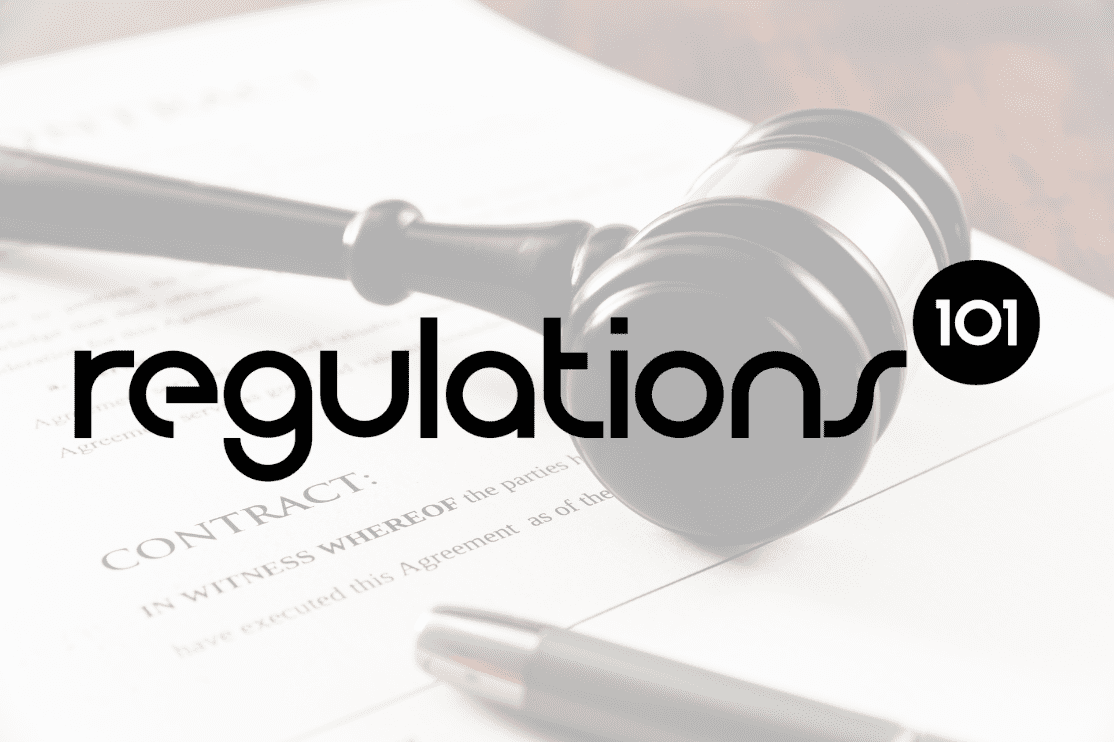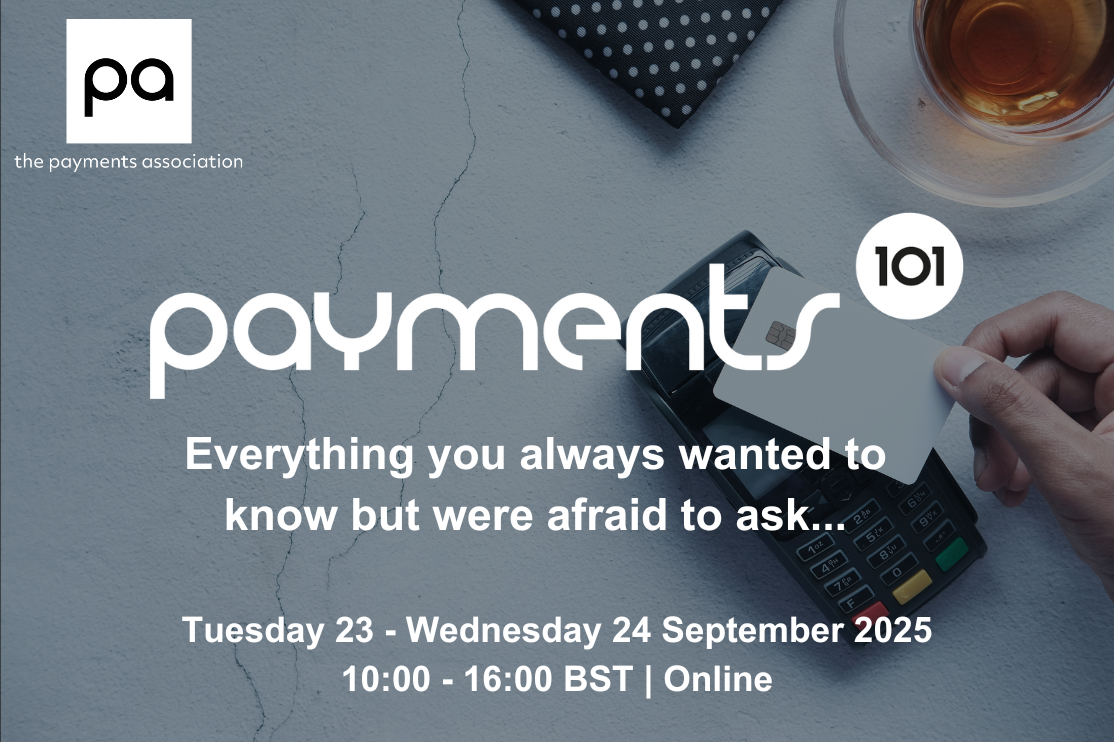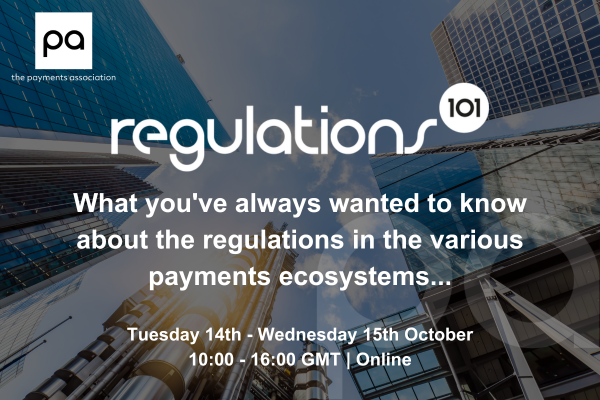Payments Association publishes new guidance on digital identification and authentication to help tackle financial crime
New report focuses on how the payments industry can keep safe from financial threats
London, United Kingdom – 14th April 2020 – The The Payments Association, which celebrates collaboration and innovation within new and existing payments companies, has today published new guidance on digital identification and authentication to help combat financial crime.
The Payments Association has released these recommendations at a time of growth in global digital transactions and acceleration to digital channels, dictated by the current COVID-19 crisis. However, whilst the crisis introduces new opportunities for companies, it also provides opportunities for criminals to exploit gaps in defences. Financial crime is a global problem with organised crime transcending geographic boundaries. This guidance explains how specific identification requirements and standards vary on a national, international and regional level, citing AML regulations and directives.
Due to the increased threat of criminal activity, including fraud, money laundering and financing terrorism, The Payments Association’s Guidebook to Digital Identification and Authentication calls for robust identification and authentication processes to be employed in the financial services industry.
Supported by Refinitiv, it details the component parts of identification and authentication processes, as well as the current solutions and technologies to consider when trying to meet regulatory requirements. The FCA, in its letter to CEOs, recognises the need for alternative verification methods to obtain the evidence required to meet Money Laundering Regulations. However, to ensure evidence such as ‘selfies’ and ‘scanned documents’ are genuine requires great care. Fortunately, as this guide describes, there are technological solutions which have the controls in place to mitigate the risks of fraudulent evidence.
The guide details how to identify and verify an organisation and why it is important to harness verification sources and technology to carry out high-quality checks. These checks help when investigating money laundering or identifying shell companies. Equally, the process of identifying and verifying an individual is important to ensure they are not a risk to a company whilst following data protection guidelines. Lastly, organisations must understand how to manage and use authentication elements to detect fraud and ensure the individual using a service is entitled to do so.
Jane Jee, Chief Executive Officer of Kompli-Global and Head of the Payments Association’s Project Financial Crime said: “The Payments Association is committed to reducing the burden of financial crime by giving valuable insight and guidance. The advent of covid-19 means to remotely identify and onboard a customer is more vital than ever before, so this guide is essential reading”
James Mirfin, Global Head of Digital Identity and Financial Crime of Refinitiv said: “Refinitiv is privileged to sponsor the Payments Association Guide to Digital Identification. Our support of this guide and as benefactor to the Payments Association display our commitment to assisting organisations meet their regulatory obligations and fight financial crime.”
He added, “identity Theft is one of the fastest growing criminal markets and there are many technology choices on the market to support organisations. The Payments Associations guide will provide an invaluable resource as organisations navigate these choices, ensuring the components most critical to their business and customer base are accounted for and their regulatory requirements are fully addressed”.
Tony Craddock, Director General of the The Payments Association said: “In the current lockdown, effective identification and authentication is more important than ever. And harder than ever. The Payments Association has produced this guide to help the payments industry raise the bar and prevent fraud and money laundering, the cancer of financial services”
For more information about the new report, please visit: https://www.emergingpayments.org/ or you can speak directly to the Payments Association at: [email protected]
